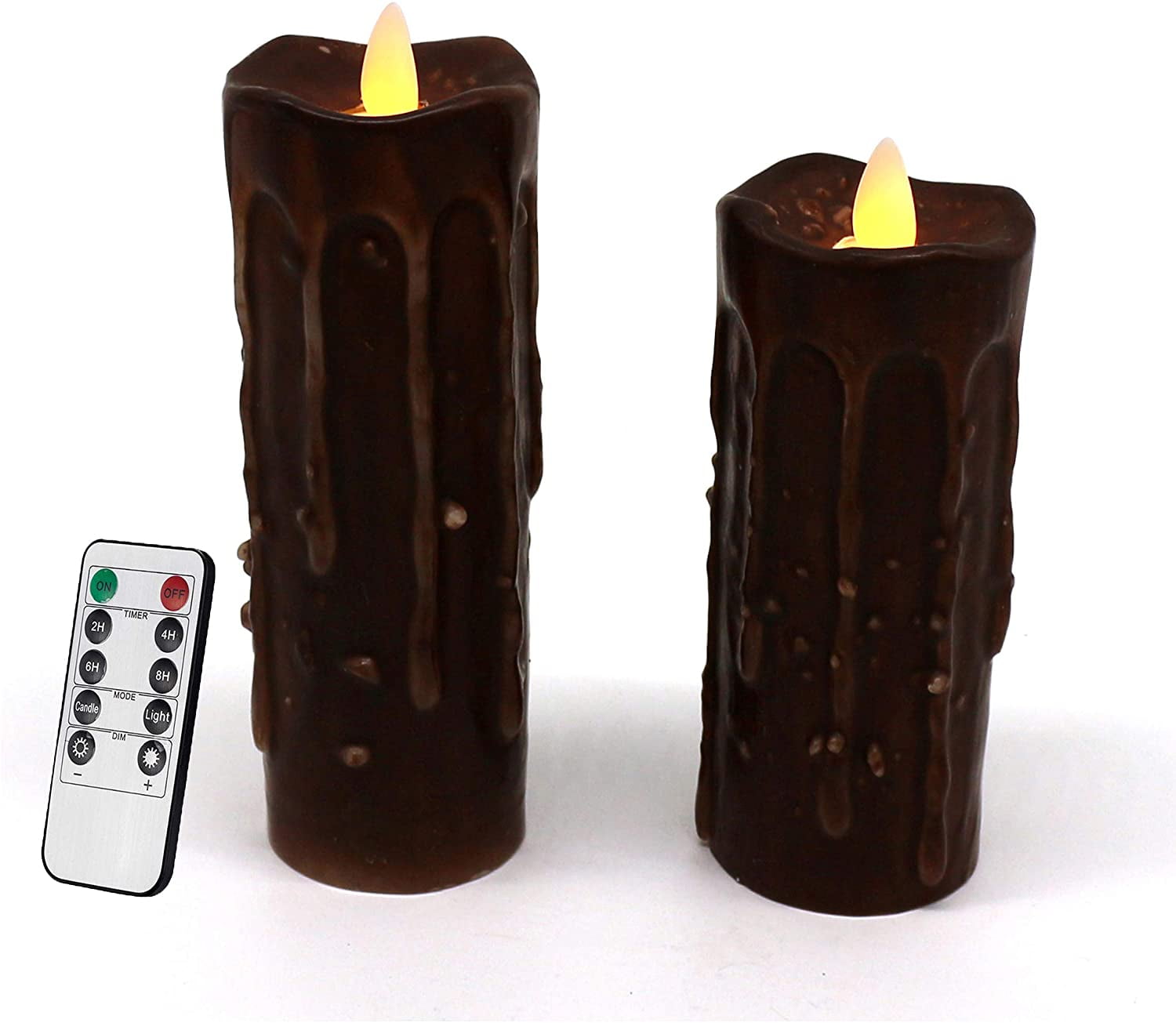

Or 10 out of 11, 12 out of 14, or 16 out of 20.

When analyzing patterns of process variation from special causes (non-routine events) or common causes (built into the process).When determining whether a process is stable (in statistical control).When predicting the expected range of outcomes from a process.When controlling ongoing processes by finding and correcting problems as they occur.Control charts for attribute data are used singly.Ĭontrol Chart Example When to Use a Control Chart If your data were shots in target practice, the average is where the shots are clustering, and the range is how tightly they are clustered. The bottom chart monitors the range, or the width of the distribution. The top chart monitors the average, or the centering of the distribution of data from the process. This versatile data collection and analysis tool can be used by a variety of industries and is considered one of the seven basic quality tools.Ĭontrol charts for variable data are used in pairs. By comparing current data to these lines, you can draw conclusions about whether the process variation is consistent (in control) or is unpredictable (out of control, affected by special causes of variation). These lines are determined from historical data. A control chart always has a central line for the average, an upper line for the upper control limit, and a lower line for the lower control limit. The control chart is a graph used to study how a process changes over time. Quality Glossary Definition: Control chartĪlso called: Shewhart chart, statistical process control chart
#REAL CONTROL 2 PLUS#
Try Plan-Do-Study-Act (PDSA) Plus QTools™ Training:


 0 kommentar(er)
0 kommentar(er)
